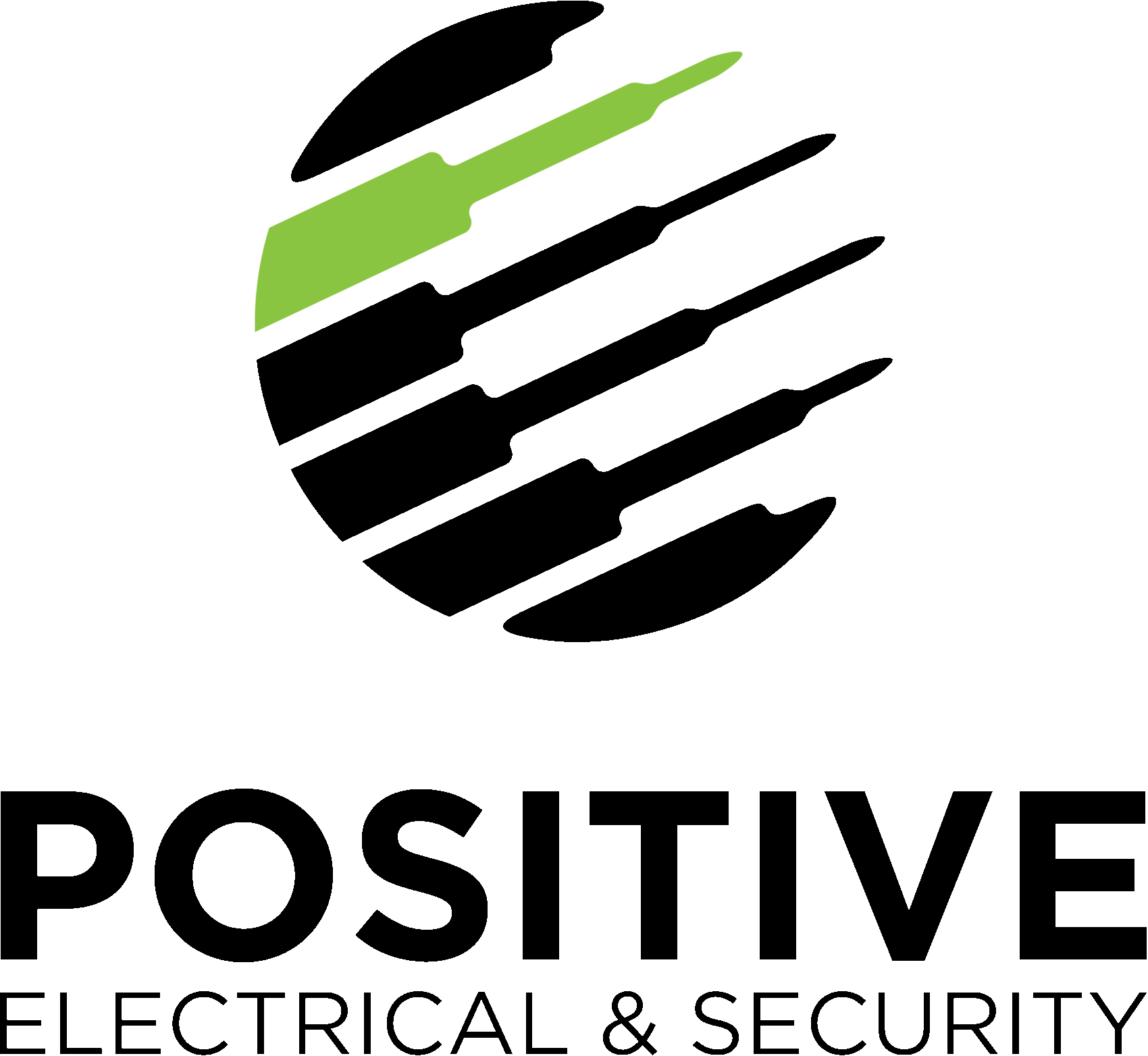When it comes to electrical work in your home, understanding your electrical plan is just as important as choosing the right fittings or layout. Whether you’re renovating, building new, or simply curious, being able to interpret residential electrical plan symbols can save time, reduce confusion, and help ensure your project is safe and compliant.
In this guide, we break down the most common electrical plan symbols used in New Zealand homes, explain why they matter, and show you how to read an electrical plan with confidence. As your trusted electricians in Whangārei and across Northland, Positive Electrical is here to help.
Why Understanding Electrical Symbols Matters
Electrical symbols on house plans aren’t just for electricians. They’re a universal language used by designers, builders, and sparkies to communicate what will go where. Knowing how to read them can help you:
- Understand the scope of electrical work during renovations
- Check for adequate lighting and power points
- Plan smart home integrations or upgrades
- Communicate better with your builder or electrician
More importantly, having a basic grasp of these symbols helps you catch issues early, avoid expensive changes, and stay involved in the decision-making process.
What Are Residential Electrical Plan Symbols?
Electrical plan symbols are simplified icons used in architectural and electrical drawings to represent switches, lights, power points, appliances, and wiring routes. These symbols ensure everyone involved in a building project speaks the same language, minimising confusion.
Although symbols can vary slightly between designers or draftspeople, New Zealand follows standard conventions. An electrical legend should always be included with your plan, acting as a key to the symbols used.
Who Creates the Electrical Plan?
Electrical plans are typically created by the building designer or architect in consultation with a licensed electrician. This ensures the layout is both practical and compliant with NZ standards.
Is There a Standard Symbol Legend in NZ?
While there is no single mandatory legend across all projects, most plans follow a commonly accepted set of symbols endorsed by industry bodies and widely used across New Zealand.
Common Electrical Symbols
Here are some of the most common residential electrical plan symbols you’re likely to see in New Zealand home plans:
Lighting Symbols
- Ceiling Light ( ○ ): A circle represents a standard ceiling-mounted light.
- Downlight (DL): Denoted with a square or triangle and the letters DL.
- Pendant Light (PL): Sometimes shown as a hanging line or labelled PL.
Power Point Symbols
- Single Power Point (S): A single outlet.
- Double Power Point (D): Two outlets together, shown as two parallel lines or marked “D”.
- USB Power Point (USB): Marked with a USB icon.
Switches
- Single Switch (S1): A basic switch controlling one device.
- Two-Way Switch (S2): Often used in hallways or staircases, allows control from two points.
- Dimmer Switch: Marked with a “D” inside a switch icon.
Other Key Symbols
- Smoke Alarm (SA): Usually a circle with an “S” or labelled SA.
- Heated Towel Rail (HTR): Square icon, labelled HTR.
- Extractor Fan (EF): Circular or square icon, labelled EF.
- TV/Data Point: Marked with a T (TV) or D (data).
- Appliance Isolation Switch: A small switch icon often near ovens, marked with AIS.
Need help decoding your home’s wiring plan? Get in touch with our experienced team for clear explanations and practical advice.
How to Read an Electrical Plan
Reading an electrical plan doesn’t require technical training – just some basic guidance. Here’s how to approach it:
1. Start with the Legend
The legend explains every symbol used on the plan. Begin by matching unfamiliar icons to their definitions.
2. Follow the Wiring Routes
Lines connecting switches, outlets, and fittings show how circuits are laid out. Solid lines often represent wiring inside walls or ceilings.
3. Identify Switch Control Points
Look for switches labelled with corresponding lights. This tells you which switch controls what.
4. Count Outlets and Lighting Fixtures
Ensure each room has enough outlets, light fittings, and specialty points (USB, TV, etc.) for your lifestyle.
5. Check Safety Features
Look for the placement of smoke alarms, RCD-protected circuits, and appliance isolation switches to confirm compliance with NZ standards.
Tips for Homeowners Reviewing an Electrical Plan
- Think about how you use each room: where do you charge devices, plug in appliances, or need lighting?
- Walk through the layout with your builder or electrician to visualise switch positions.
- Ask about futureproofing: smart lighting, EV chargers, solar connections.
- Ensure wet areas (bathroom, laundry, kitchen) are up to spec with waterproof and RCD-protected fittings.
Common Mistakes to Avoid:
- Overlooking data and internet cabling
- Not allowing for enough outlets in bedrooms and lounges
- Misplacing switches behind doors or furniture
- Forgetting exterior lighting and power
Why Electrical Symbols Matter in Renovations
When renovating, you’ll likely need to modify or expand your electrical layout. Understanding plan symbols helps you:
- Communicate changes clearly
- Avoid unexpected costs from redesigns
- Ensure that new work integrates seamlessly with existing circuits
Residential Electrical Plan Symbols in Smart Homes
With smart home technology on the rise, new symbols are emerging to represent devices like:
- Smart switches and dimmers
- Motion sensors
- Voice-activated assistants
- Integrated speaker systems
Always check the legend for clarity, and confirm compatibility with your home automation system.
FAQs About Residential Electrical Plan Symbols
What are electrical plan symbols in a house plan?
They’re icons representing lights, switches, outlets, and other electrical fixtures, used to create a clear, detailed wiring layout.
Why is it important to understand electrical symbols on a residential plan?
It helps you stay informed during construction, spot potential issues early, and ensure your layout fits your needs.
Who creates the electrical plan for a home?
Architects, designers, or builders typically draft the plan, often in collaboration with a licensed electrician.
What are the most common electrical symbols used in New Zealand homes?
Lights, power points, switches, smoke alarms, and appliance isolation switches are among the most commonly used symbols.
Is the electrical symbol legend standard in New Zealand?
While not legally standardised, most plans use industry-accepted symbols and include a legend for clarity.
Do I need to understand the symbols before a renovation or new build?
Yes. Being familiar with these symbols allows you to make informed decisions and avoid misunderstandings.
Where can I get help interpreting my home’s electrical plan?
Contact Positive Electrical for a professional review and expert advice.
Work with Whangārei’s Trusted Electricians
At Positive Electrical, we bring over 16 years of experience to every project. Whether you’re building, renovating, or troubleshooting, our team delivers:
- Safety-first, compliant solutions
- Customised residential plans
- Clear communication and upfront advice
- Modern technologies and smart home support
Understanding residential electrical plan symbols empowers you to take control of your home projects, speak confidently with your tradespeople, and avoid costly mistakes. From lighting and switches to smart home tech and compliance essentials, knowing your symbols puts you ahead.
If you’re in Whangārei or the wider Northland region and need expert advice or hands-on help, the team at Positive Electrical is here for you. We’re local, licensed, and ready to support your next electrical project from planning to power-up.
Get a quote today and let us help bring your electrical layout to life with clarity and confidence.

